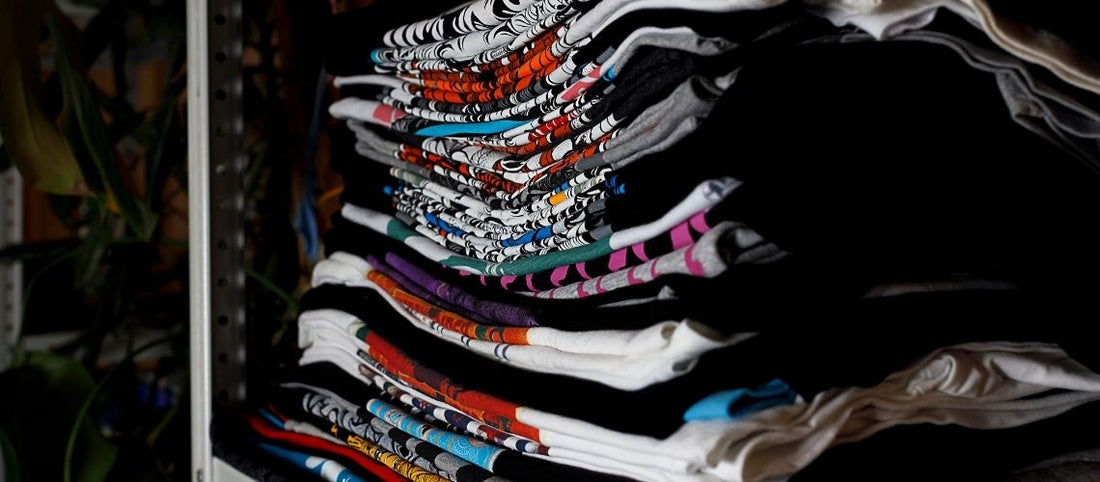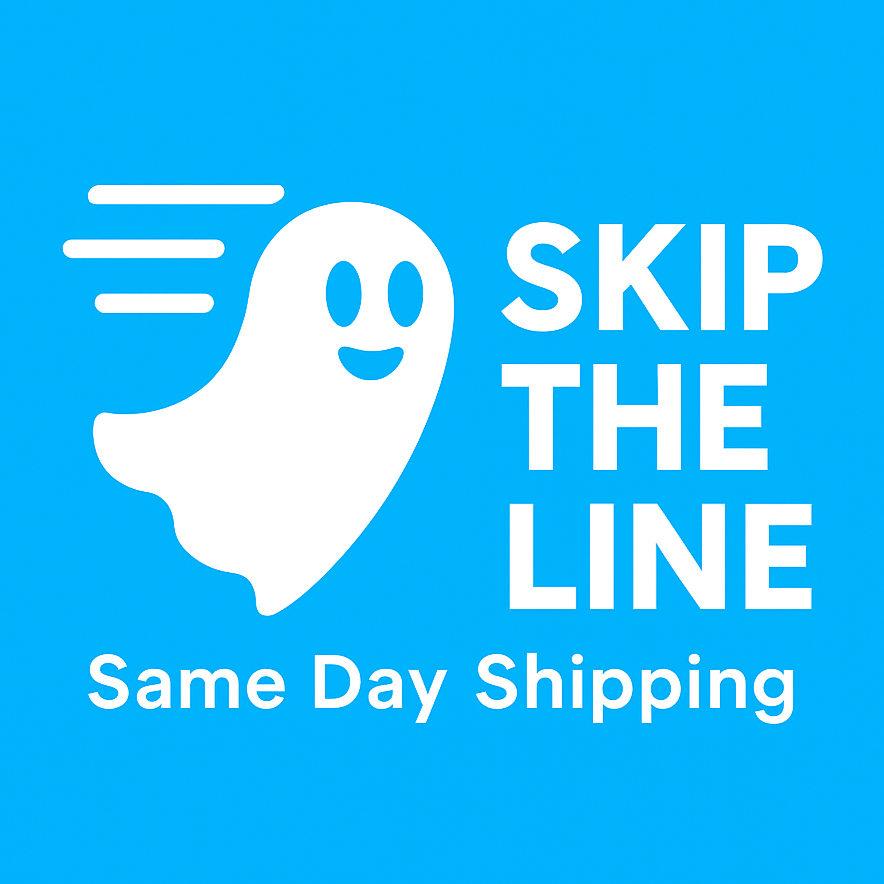Which is cheaper DTF or DTG?

When comparing Direct to Garment (DTG) and Direct to Film (DTF) printing technologies, cost efficiency plays a pivotal role in decision-making. Initially, one might observe that DTG equipment requires a higher investment. However, it compensates with reduced operational expenses due to lower ink usage and the durability of its prints. On the other hand, DTF printing presents a lower barrier to entry in terms of initial costs. Yet, it could potentially incur higher long-term expenses. This analysis seeks to uncover which method offers better cost-effectiveness, considering both upfront and ongoing expenses.
| Feature | DTF (Direct to Film) Printing | DTG (Direct to Garment) Printing |
| Printing Process | Prints the design onto PET film, applies adhesive powder, cures it, and then transfers it onto fabric using heat. | Prints directly onto fabric using inkjet technology and requires pretreatment for dark garments. |
| Fabric Compatibility | Works on cotton, polyester, blends, leather, and even dark fabrics. | Best for 100% cotton but also works on some cotton blends. Struggles with polyester. |
| Durability | High durability with proper curing. Wash-resistant and flexible. | Good durability but can fade over time, especially on dark fabrics. |
| Color Vibrancy | Vibrant colors on both dark and light fabrics. White ink is strong and opaque. | High vibrancy, especially on light-colored cotton. White ink can sometimes fade over time. |
| Feel on Fabric | Slightly textured feel due to ink and adhesive layer. | Soft feel as the ink is absorbed into the fabric. |
| Print Complexity | Can print highly detailed designs, including gradients and fine lines. | Produces high-detail images, but fine details may blur on some fabrics. |
| Washability | Good wash resistance, requires proper curing for longevity. | Can fade slightly over multiple washes, especially if improperly cured. |
| Pre-treatment Requirement | No pre-treatment required. | Requires pre-treatment for dark fabrics, adding an extra step. |
| Production Speed | Faster for bulk production since it doesn’t require pretreatment. | Slower due to pretreatment and drying times. |
| Cost-Effectiveness | More affordable for small businesses and bulk orders. | Higher cost due to ink consumption and pretreatment needs. |
| Best Use Cases | Great for all types of garments, including cotton, polyester, blends, and non-textile surfaces like leather. | Best for high-quality prints on cotton garments, especially T-shirts. |
Financial Implications of DTG versus DTF Printing Technologies
Determining which printing technology, Direct to Garment (DTG) or Direct to Film (DTF), is more cost-effective involves a thorough examination of various factors. Initially, DTG printers represent a higher investment upfront. However, they boast advantages such as lower operational expenses. This is due to the reduced ink usage and the durability of the prints they produce. Conversely, DTF systems, while less expensive at the outset, require ongoing financial commitments. These are necessary to support larger and faster production volumes. Additionally, several elements contribute to the overall expenditure associated with each printing method:
- Setup costs associated with the procurement of either machinery.
- Expenses for consumables, including inks and materials.
- Maintenance costs, involving cleaning solutions.
Moreover, DTF printing demands more physical space than DTG, implicating extra costs for space acquisition or lease. This need for space also potentially increases labor costs, as additional personnel may be required to operate the more voluminous equipment.
Economic and Functional Differences Between DTG and DTF Printing Methods
Determining the more cost-effective printing method between DTG (Direct to Garment) and DTF (Direct to Film) requires an understanding of their respective benefits and limitations. DTG excels in producing high-quality, detailed images with a vast spectrum of colors. It is ideal for complex designs that demand precision. For large-scale operations looking for efficiency, this strategy is less appropriate because it takes a lot of time. Conversely, DTF is recognized for its economic advantage in bulk production. It offers a quicker turnaround without compromising the integrity of simpler designs.
- Cost Efficiency: DTF outshines DTG when it comes to large orders, providing a more budget-friendly solution.
- Design Quality: DTG holds the upper hand in delivering superior detail and color depth for intricate designs.
Additionally, DTF printing is versatile across various materials, widening its applicability. Every approach offers a distinct set of advantages, thus the decision must be made based on the particular requirements of the project.
Cost-Effectiveness of DTF vs. DTG Printing Technologies
Deciding on the optimal printing technology for a project is pivotal. Direct To Garment (DTG) technology simplifies the printing process by allowing inks to be applied directly onto fabrics. This method yields vivid and detailed designs, particularly on cotton-based materials. Conversely, Direct To Film (DTF) technology excels in versatility. It involves pre-coating films with ink, which are then transferred to various textiles. The standout advantage of DTF lies in its applicability across a wider array of fabric types, including 100% polyester and cotton shirts. When considering cost-effectiveness and efficiency:
- DTG is favored for its straightforward application on cotton garments, offering quick setup for small batches.
- DTF, however, stands out for its ability to adhere to diverse materials, making it suitable for extensive fabric ranges.
Ultimately, the choice hinges on the specific requirements of the project and the intended substrate. Each technology presents unique benefits that, when carefully evaluated, ensure the selection enhances both efficiency and outcome.
Maximizing Value and Performance in DTF and DTG Printing Solutions
In navigating the cost efficiency between Direct to Film (DTF) and Direct to Garment (DTG) printing technologies, it becomes crucial to harness strategies that amplify their value. Initially, one must evaluate the project spectrum anticipated, ensuring the selected machinery aligns with the complexity and variety of desired outputs. Moreover, prioritizing equipment that supports an extensive array of materials and substrates broadens operational flexibility. Equally important is the consideration of the learning curve associated with each printing method. Certain machines may necessitate intricate adjustments or configurations, tailoring to varied printing requirements. Therefore, the choice between DTF and DTG extends beyond mere cost comparison; it encompasses an assessment of:
- Quality and resolution capabilities,
- Compatibility with diverse materials,
- User-friendliness and ease of adaptation.
By focusing on these dimensions, one can secure a printing solution that not only meets budgetary constraints but also excels in performance and versatility, ultimately enhancing productivity and output quality.

